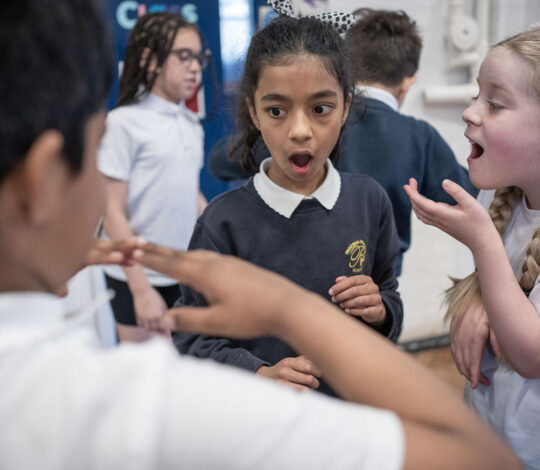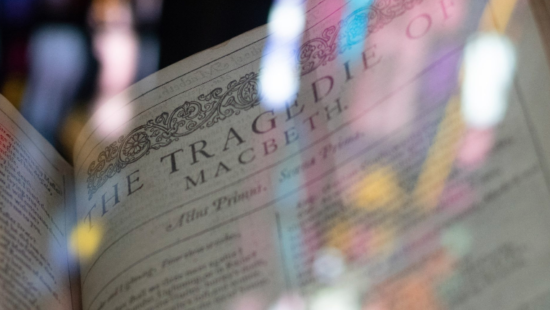Oracy toolkit: boost oracy through creativity

Oracy toolkit: boost oracy through creativity
Earlier this academic year, Artis hosted a free online CPD for primary school teachers, showcasing innovative approaches to oracy for Key Stage 1 and 2. We offered ideas for arts-based activities that you can integrate into your teaching toolkit to enhance children’s oracy skills.
The performing arts serve as a dynamic catalyst for fostering speaking and listening abilities, empowering children to articulate ideas, deepen understanding, and actively engage with peers. Imagine a classroom where communication becomes an art form!
Following our Creative Oracy CPD, we’re thrilled to present not one, but two Top Tips Resources tailored for KS1 and KS2. These are practical strategies that weave creativity and oracy into the fabric of everyday learning.
Download here.
But wait, there’s more! Our resource “Awesome Oracy” by Artis Mentor Stuart (Chime) shows how you can boost communication, ignite expression, and elevate language skills with oracy-focused activities.
If you want to talk to us about how we can partner with your school to support oracy through our creative programme, please click here so that we can get in touch.
Improving oracy with creativity
Oracy – the ability to express oneself fluently and effectively in speech – is a crucial skill for communication, confidence and lifelong learning. Creative learning, which encourages exploration, collaboration and imaginative expression, plays a powerful role in developing oracy skills in children and young people.
One of the most effective ways creative learning enhances oracy is by providing engaging, low-pressure environments where students feel comfortable experimenting with language. Drama, storytelling and role-play, for example, immerse learners in different perspectives, encouraging them to articulate thoughts, project their voices and adapt their speech for different audiences. These activities help to build confidence, improve pronunciation and develop the ability to structure ideas coherently.
Music and poetry also contribute significantly to oracy development. Singing, rhythm exercises and spoken word performances enhance verbal fluency, memory and expressive speech. The musicality of language – such as intonation, pace and emphasis – is more easily grasped through creative exercises than traditional rote learning.
Collaboration is another key element. Group discussions, debates and problem-solving tasks in creative learning settings require active listening, turn-taking and the ability to respond thoughtfully. By engaging in these interactive experiences, students learn to articulate their opinions, challenge ideas respectfully and refine their arguments, all essential oracy skills.
Moreover, creative learning makes speaking meaningful. When students are encouraged to express themselves through creative projects, they develop a personal connection to their words. This sense of ownership boosts motivation and self-assurance, helping even the most reluctant speakers to find their voice.
By integrating creative learning into education, we not only foster imagination and critical thinking but also equip young people with the confidence and communication skills needed to thrive in all aspects of life.

